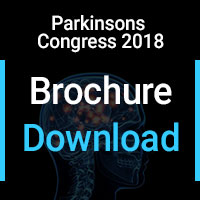
Elaine Wyllie
Lerner College of Medicine, USA
Title: New Opportunities in Pediatric Epilepsy Surgery
Biography
Biography: Elaine Wyllie
Abstract
New research in pediatric epilepsy surgery is providing opportunities to help more children than ever before. Some of our most exciting results have been in children with early focal brain lesions and diffuse EEG abnormalities. The diffuse findings on EEG reflect the evolution of the epilepsy as the early focal lesion, usually cerebral infarction or malformation of cortical development, interacts with the brain at different stages of development. Infants with focal lesions tend to manifest with hypsarrhythmia, and the older children tend to manifest with slow spike wave complexes and other patterns, but in both age groups the epilepsy typically disappears when the lesion is removed. Wyllie and colleagues studied 209 children with an early focal lesion who underwent epilepsy surgery, and found no significant difference in seizure outcome based on presence or abundance of generalized epileptiform discharges and EEG seizures.
A second exciting new opportunity for pediatric epilepsy surgery has emerged for children with bilateral abnormalities on brain MRI. Hallbook and colleagues reviewed preoperative MRIs in 110 children who underwent hemispherectomy at Cleveland Clinic, and found abnormalities on the contralateral side in 74%. In a follow up study of 170 children who underwent hemispherectomy, Moosa and colleagues found that contralateral MRI findings had no significant impact on the frequency of seizure-free outcome among Cleveland Clinic’s highly selected cases. The contralateral MRI abnormalities in these children, although not insignificant, were always less extensive and less prominent than those on the side of hemispherectomy.
Research suggests that for patients of all ages, shorter epilepsy duration may positively affect postoperative seizure outcome. By recognizing surgical opportunity and shortening the delay, we can help more children than ever before.

